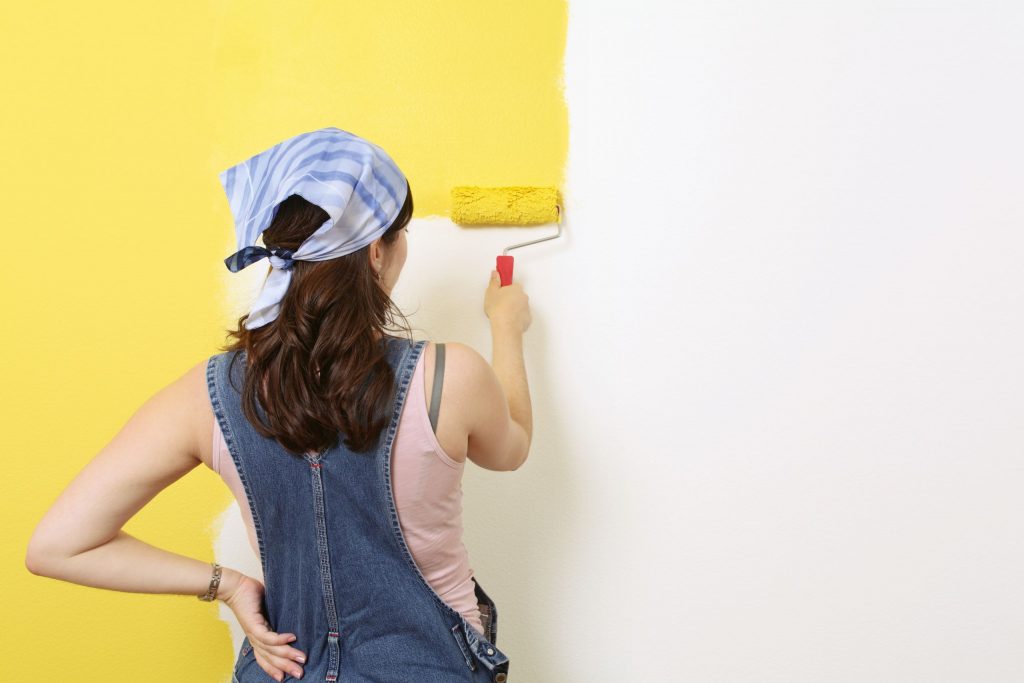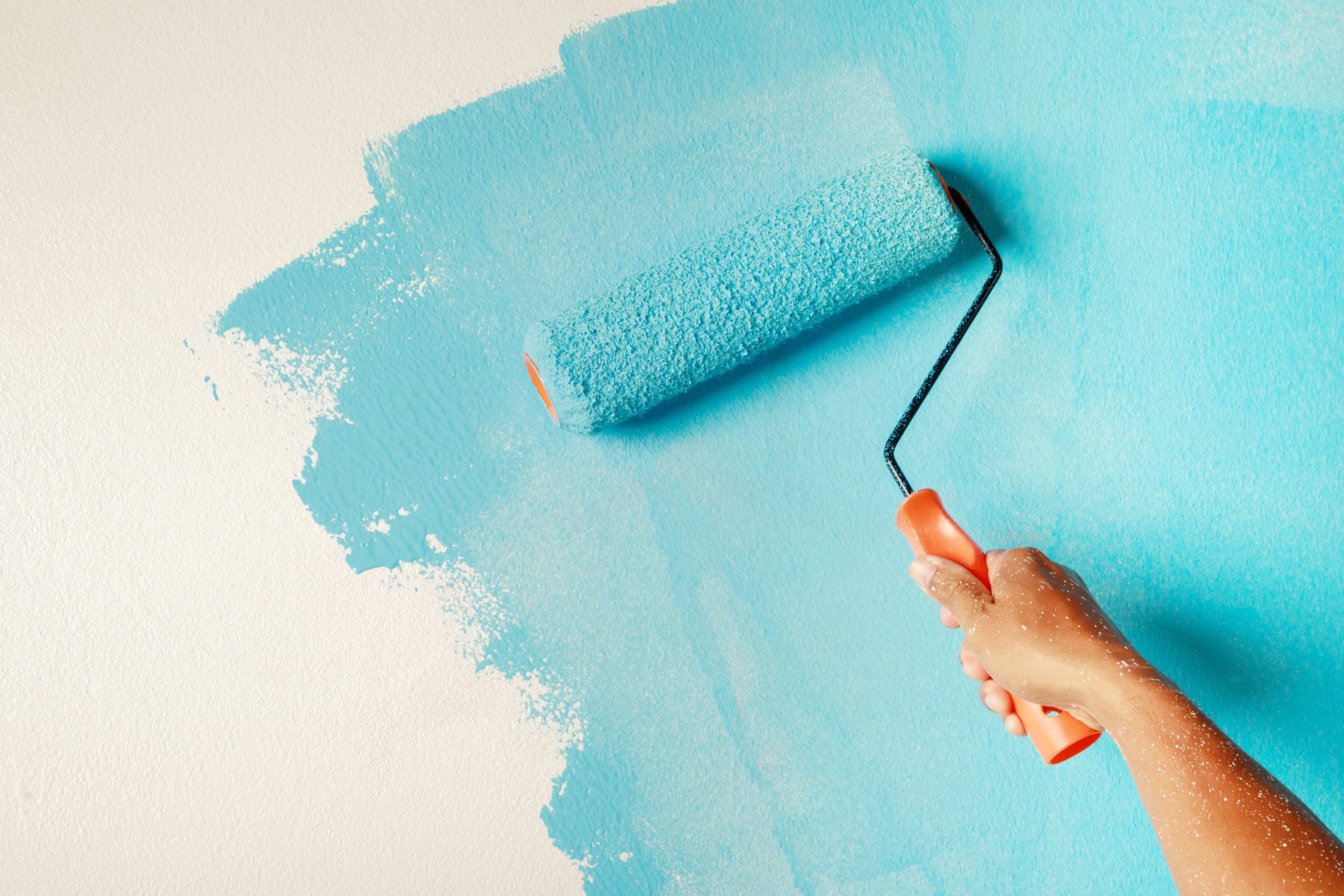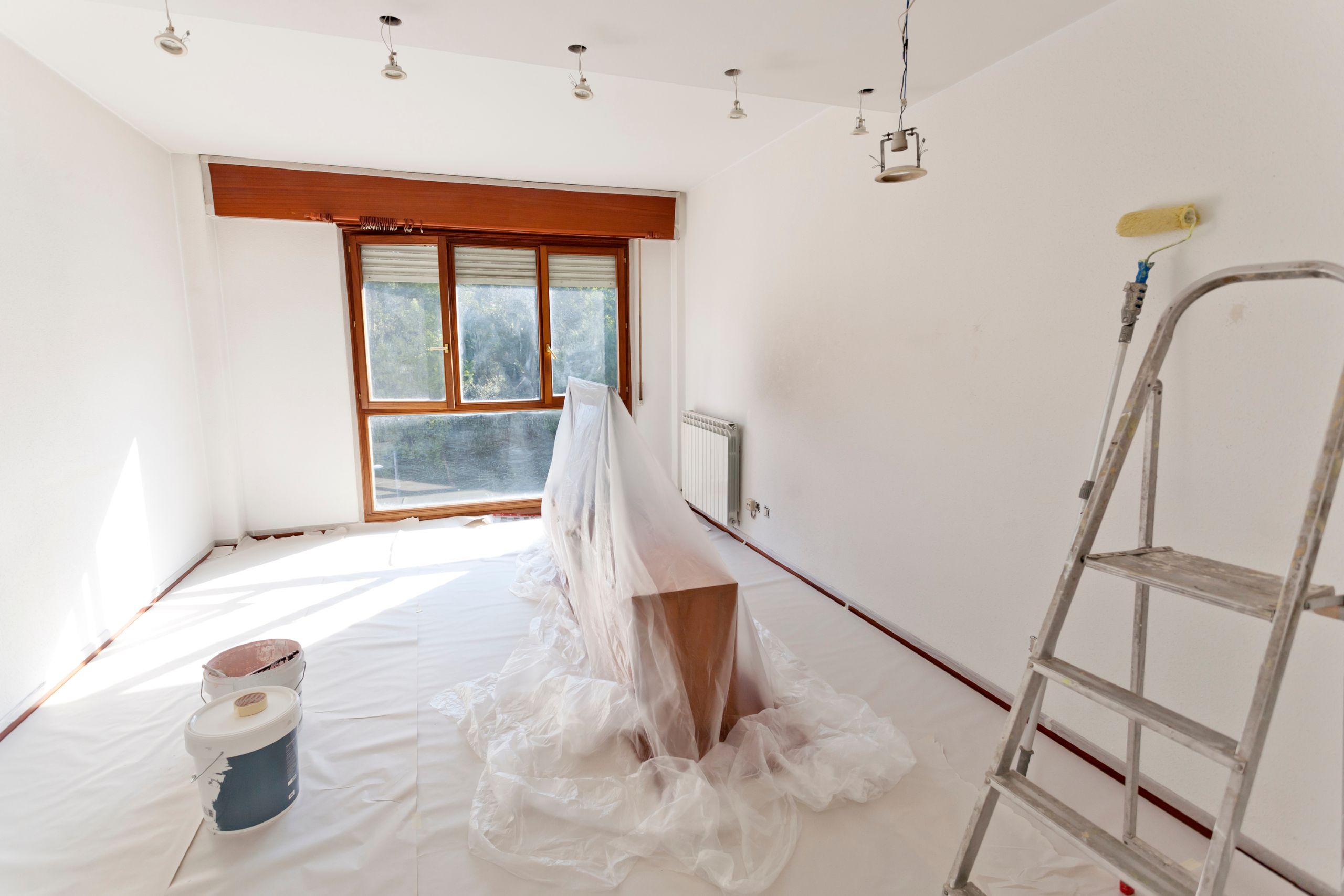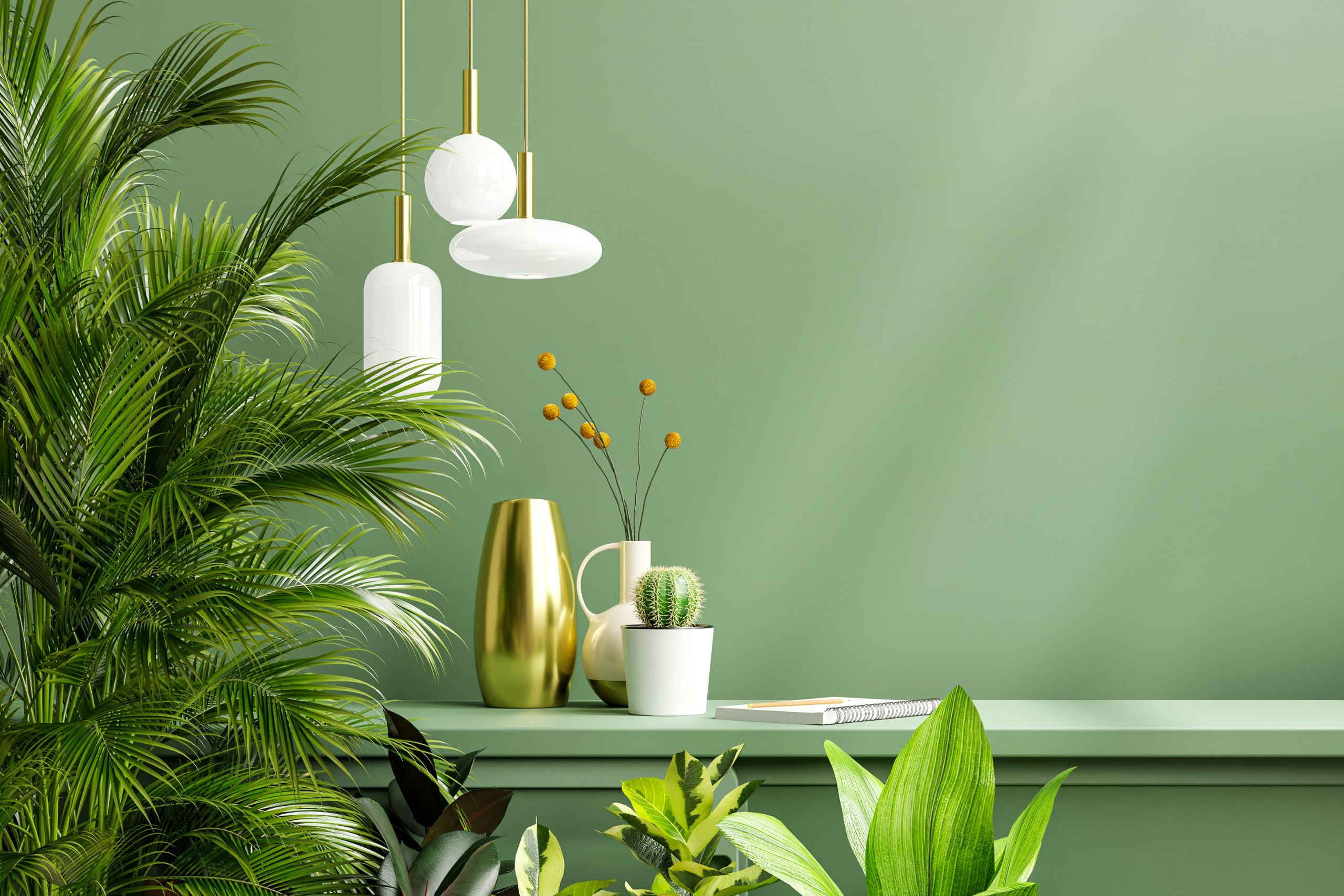Beyond simple aesthetic appeal, color is a great instrument for affecting emotions and generating different moods in a room. Any setting should have careful color selection as our impressions and experiences are greatly shaped by color and so it is psychologically important. Every color triggers diverse emotional reactions that help people to arrange their environment to enhance comfort, welfare, and energy.
Warm colors like reds, oranges, and yellows may excite and inspire; chilly colors like blues and greens usually promote peace and tranquilly. Although calm, neutral tones may provide serenity and quiet, bold, vivid colors can enliven a room. Careful harmonizing these elements can help homeowners and designers improve not only the general atmosphere of a room but also its visual attractiveness. This essay will examine how deliberate color decisions could turn surrounds into cosy energy sources, therefore expressing the feelings and personalities of persons who live there.
Understanding the Psychology of Color
Gaining knowledge of color psychology explores the complex interaction between colors and human emotions. Colors have certain emotions; blue is usually connected with peace and quiet. Red, on the other hand, typically sets up strong emotional reactions as it represents urgency, passion, and energy. This link comes from the way colors interact with the neurological pathways of the brain, therefore affecting mood and behavior. Yellow, for example, might inspire happiness and hope; green usually speaks to nature and rejuvenation.
According to the research on color perception, the brain uses photoreceptors in the eyes to analyze colors and sets off chemical reactions producing emotional reactions. These reactions may be strong and often shape one’s conduct and choice of action. Furthermore very important for color interpretation is cultural relevance. Although blue could represent tranquility in many Western societies, in other Eastern traditions it can also indicate grief. Notwithstanding these differences, shared connections—like green with peace and growth—often cut across cultural barriers. Knowing these dynamics helps people properly use color in many situations, from marketing to personal expression, therefore improving emotional surroundings and experiences.
Choosing Colors for Relaxation and Rest
An integral part of interior design as color choice for rest and leisure significantly enhances the mood of a place. Perfect for living spaces and bedrooms, peaceful blues and greens truly assist to establish harmony. These hues promote calm and silence, therefore establishing surroundings fit for leisure and pleasant sleep.
Apart from basic colors, earthy neutrals like gentle taupe and browns highlight the coziness of a place. These colors anchor people and help them to relax after a demanding day. In places geared for leisure, the softness these colors provide makes one feel comfortable—a vital sensation.
Subtle colors—including pastel and modest tones—help to establish peace in the surroundings. Unlike strong colors that could be exciting, these mellow tones provide a harmonious backdrop encouraging repose. Choosing a palette that stresses peace and tranquility can help one create a quiet getaway at home, therefore stressing both physical and mental health. The deliberate color selection in interior environments turns into a great instrument for creating a haven of peace and leisure.
Energizing Spaces with Bold Colors
Strong colors added to surroundings may substantially increase imagination and energy. Often associated with passion and energy, reds and oranges are robust colors. Perfect for offices, kitchens, and exercise areas, these warm tones encourage imagination and vitality. A kitchen painted in a strong red may encourage the cooking process; an office in vibrant orange can motivate team members’ inventiveness and cooperation.
Yellow highlights attitude, beauty, and hope by way of brightness. It may make a room vibrant and welcoming, ideal for places where optimism is absolutely necessary. Applied to walls or utilized in décor, yellow offers an energizing environment that promotes productivity and warmth, thus fitting for playrooms, sunrooms, or informal conference places.
Moreover, accent walls provide a fantastic opportunity to include vivid colors without taking over the space. Painting one wall a different color—such as vibrant yellow or deep red—helps to highlight the overall room in both home and business settings. This approach finds a dynamic central point that balances everything around, therefore inspiring innovation. Strategic use of these colors might provide inspiring environments.
Creating Balance with Neutral Tones
Any place will be calmed and welcoming if balance is created with neutral tones. Warm neutrals that fit many interior design styles include beige, greys, and off-whites as flexible backgrounds. These colors encourage harmony by offering a soft canvas that lets other components in the space shine, thus facilitating the creation of a coherent appearance and so encouraging peace.
To provide depth and warmth, neutrals may be deliberately matched with vivid accents. One may brighten the room without overpowering it by using vivid colors like carpets, artwork, or ornamental couches. This method not only tailors the appearance but also generates visual appeal to grab the attention.
Moreover, neutral color patterns help to create a welcoming atmosphere free of clutter. These tones reflect light effectively, therefore improving the general brightness of a room and even making even modest areas seem bigger and more open. Neutral pallet designs provide a fresh simplicity that promotes relaxation and provide flexibility to fit with changing trends or moods. Warm neutrals matched with color accents provide harmonic settings that strike a mix between comfort and flair.

Conclusion
Colors significantly influence emotions and overall well-being as well as personal experience in the surroundings. Warm colors like reds and oranges, for example, might stimulate energy and excitement; cold colors like blues and greens offer calm and tranquilly. Understanding the emotional impact of various colors helps individuals choose the suitable tones for certain locations; a peaceful palette in bedrooms encourages relaxation; lively colors in dining areas may enhance social relations. Creating a harmonious and unique home atmosphere that assures every area speaks to the appropriate emotions requires careful color experimenting. Through committed blogs providing insights into current styles and creative ideas to improve their living environments, readers are urged to investigate more about “color inspiration and trends“. Every area of the house reflects personal style and emotional comfort when one embraces color with aim, thereby much enhancing mood, creating a balanced atmosphere, and finally helping to increase well-being.



